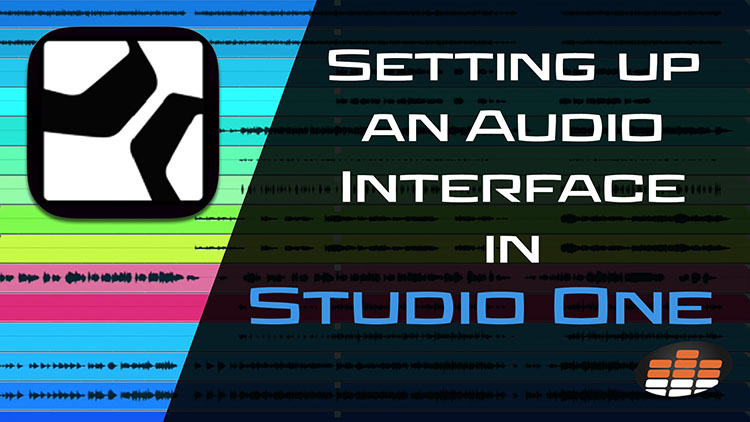Carlo Libertini is a Melodyne audio editing specialist with Music Marketing Inc. of North America. He’s also an audio production engineer with twenty years’ experience, and performs trainings, demonstrations, and services for top studios and institutions across the country.
In between production responsibilities he conducts online training seminars, collaborative production meetings, software demonstrations, and video tutorials.
Carlo is Pro Mix Academy’s resident Studio One expert, too! In this tutorial, he explains how to set up an audio interface.
It’s important to understand how to set up your audio interface in order to get the best quality out of your recordings. An interface determines the sample rate at which you record, and ultimately the fidelity of your audio.
If you’re using a PreSonus interface like the Quantum 2 demonstrated here, you’ll have an app called Universal Control. Universal Control gives you quick and simple access to basic parameters like sample rate and clock source on your interface.
Configuring an interface from the Studio One startup menu
Underneath the Setup heading when you first open Studio One, you’ll see a link to Configure Audio Device. When you click that, you’ll be able to select both the Playback and Recording Device, which will be the interface.
You can also change sample rate and buffer size (also called Block Size in Studio One). The latter determines how much latency your system has; for recording, you’ll typically want a lower buffer size for near real-time monitoring.
From this same menu you’ll find another tab called Processing. Here you’ll have the ability to select an additional buffer size dedicated to the audio you’re monitoring.
You’ll want to customize both the Audio Device buffer size and Processing buffer size to record with next to no latency at all. Usually, as long as the Processing size is greater than the Audio Device size, Studio One will enable Native Low Latency Monitoring to keep the system running as fast as possible!





